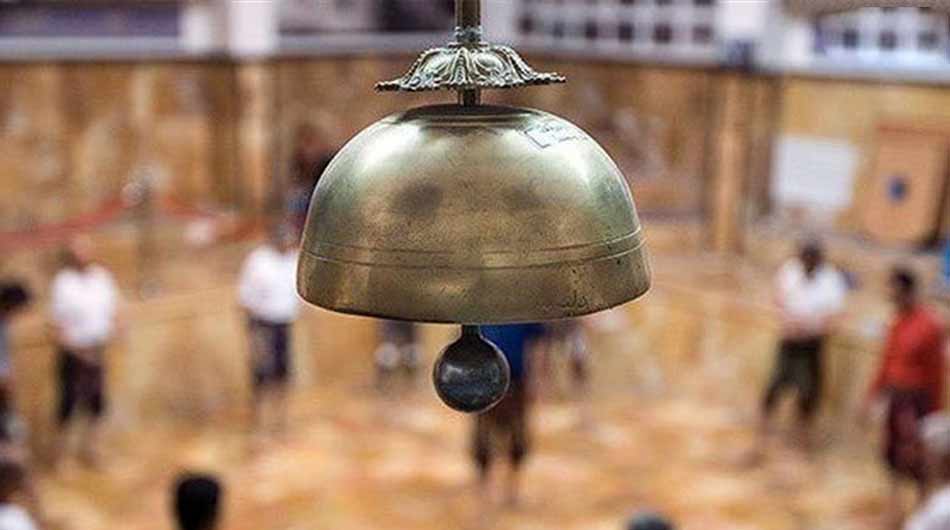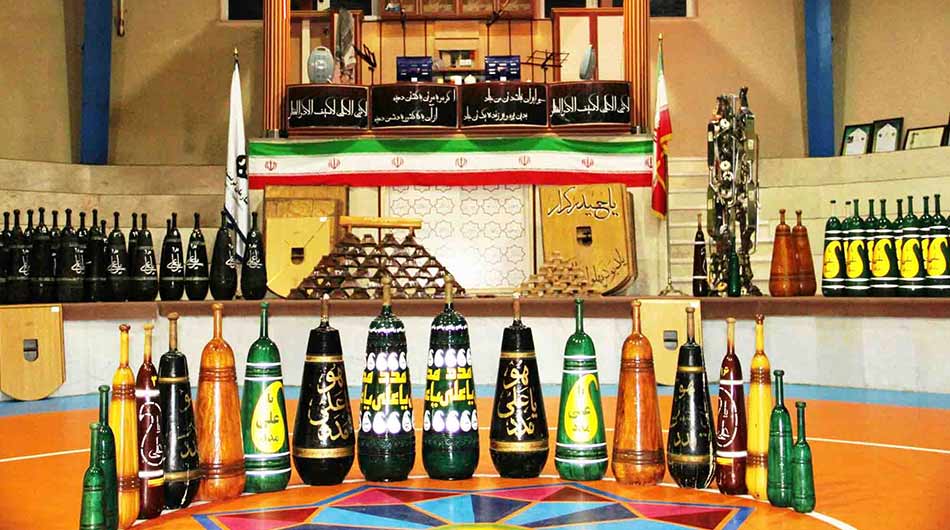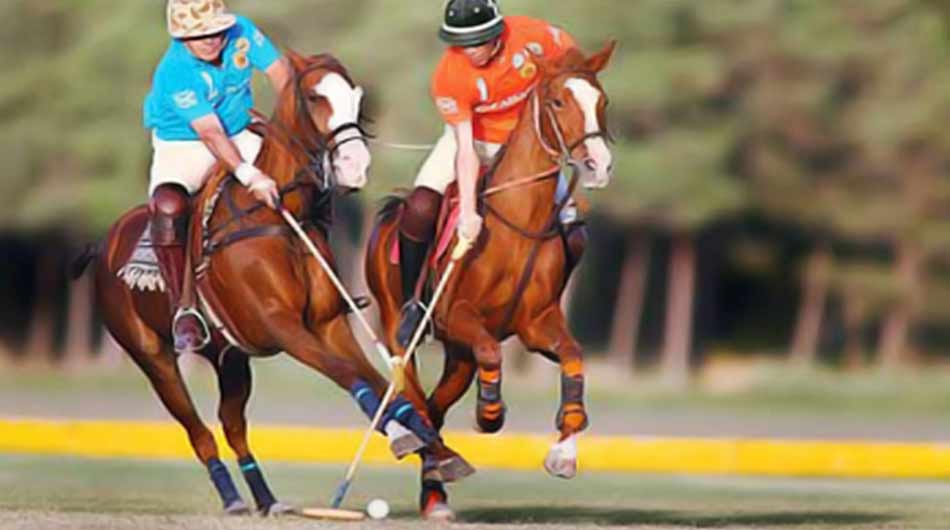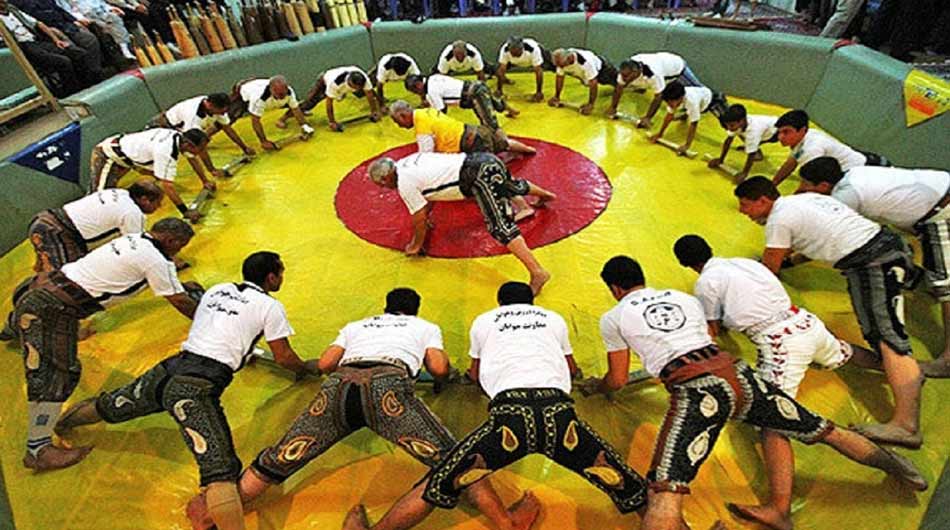Persian Traditional Sports: Zurkhaneh and Other Ancient Sports
Among the most iconic of these ancient sports is the practice of Zurkhaneh (House of Strength), an ancient form of martial training with deep roots in Iranian history and tradition. Alongside Zurkhaneh, several other sports, though lesser-known, also contribute to the country’s athletic legacy.
In this article, we’ll explore the history, cultural significance, and unique features of Zurkhaneh and other ancient Persian sports that have shaped Iran’s physical and spiritual landscape.
Zurkhaneh: The House of Strength
Zurkhaneh is more than just a sport; it is a unique combination of physical exercise, spirituality, and culture that dates back over a millennium. Often referred to as “Persian yoga” or “the sport of heroes,” Zurkhaneh blends elements of martial arts, weight training, calisthenics, and Sufi traditions. The practice was originally developed to strengthen warriors in preparation for battle, but over time, it became a spiritual and communal practice that emphasized ethical behavior, humility, and brotherhood.

The roots of Zurkhaneh are deeply intertwined with Iranian history. Some sources suggest that it originated in the Parthian era (247 BCE–224 CE) as a method of training soldiers, while others trace its roots to the Sassanid period (224–651 CE), where it was used to prepare knights for combat. With the advent of Islam, Zurkhaneh became imbued with Sufi mysticism and spiritual discipline, and it continued to evolve as a space for personal and collective development.
The term “Zurkhaneh” literally means “house of strength” and refers to the domed gymnasiums where practitioners, known as Pahlavans (champions), train. These spaces are designed to enhance the connection between the physical and the spiritual, and the exercises themselves are accompanied by the rhythmic beats of the morshed, a singer and drummer who leads the sessions with poetry, chants, and prayers.
Philosophy and Values
While the physical aspect of Zurkhaneh is central, the practice places equal emphasis on ethics, self-discipline, and humility. At its core, Zurkhaneh promotes the concept of “javānmardī” or chivalry, which involves protecting the weak, upholding justice, and acting with honor. Practitioners are encouraged to improve themselves both physically and morally, viewing the body as a vessel for spiritual growth.

The exercises in Zurkhaneh are often performed in a circular pit called a gowd and involve the use of traditional equipment designed to build strength, flexibility, and endurance. Some of the most distinctive tools and techniques include:
Mil: Large wooden clubs used for building upper body strength. The movement mimics swinging a sword or a mace in battle.
Sang: Flat wooden shields, weighing up to 70kg each, used in exercises that simulate the defensive techniques of ancient warriors.
Kabbadeh: A bow-shaped iron weight, symbolizing the ancient warrior’s bow, used for stretching and resistance exercises.
Shena: A wooden board used for push-up exercises that develop core strength and balance.
Beyond Zurkhaneh, ancient Persia was home to other athletic traditions that fostered strength, agility, and leadership. Some of these practices include:

One of the oldest Persian sports is Chovgan, an early form of polo. It dates back to at least the Sassanid period and was primarily played by royalty and nobility. Chovgan is played on horseback with the aim of driving a ball through the opposing team’s goal using a long-handled mallet. The game was not only a test of horsemanship but also of strategy and coordination, showcasing the riders’ dexterity and leadership. Chovgan spread to other parts of the world, influencing the development of modern polo.
Pahlavani Wrestling
Wrestling has always held a special place in Persian culture, symbolizing strength, valor, and resistance. Pahlavani wrestling, also referred to as koshti, dates back thousands of years and is one of the country’s oldest and most respected combat sports. Unlike many forms of modern wrestling, Pahlavani wrestling integrates physical skill with ethical and spiritual teachings. Wrestlers, much like Zurkhaneh practitioners, are seen as models of honor and justice, upholding the values of javānmardī.
The best wrestlers were honored as Pahlavans, a title that denotes both athletic prowess and moral integrity. Many legendary Pahlavans, such as Rostam from the epic poem Shahnameh, became symbols of heroism and national pride.
Tags:Adventure holidays, Best time to travel to iran, best tour operator iran, Chovgan, Cultural sites of Iran, Culture of Iranian People, Economy of Travel, Holiday in Iran, Iran Architectural, iran attractions, Iran country, Iran cultural, iran destinations, Iran enriching experience, Iran sightseeing tours, iran Solo trip, iran tour, Iran tour packages, iran tourist attractions, Iran travel agency, iran travel expenses, Iran Travel Guide, Iran Travel Tips, Iranian culture, Iranian Hospitality, must-visit Iran, Pahlavani, persia tour, Persian Traditional Sports, Surfing In Iran, top tourist destinations, travel to iran, Traveling to Iran, travelling to iran, trip to iran, vacation packages, visit iran, Zurkhaneh, Zurkhaneh sports, درناگشت

